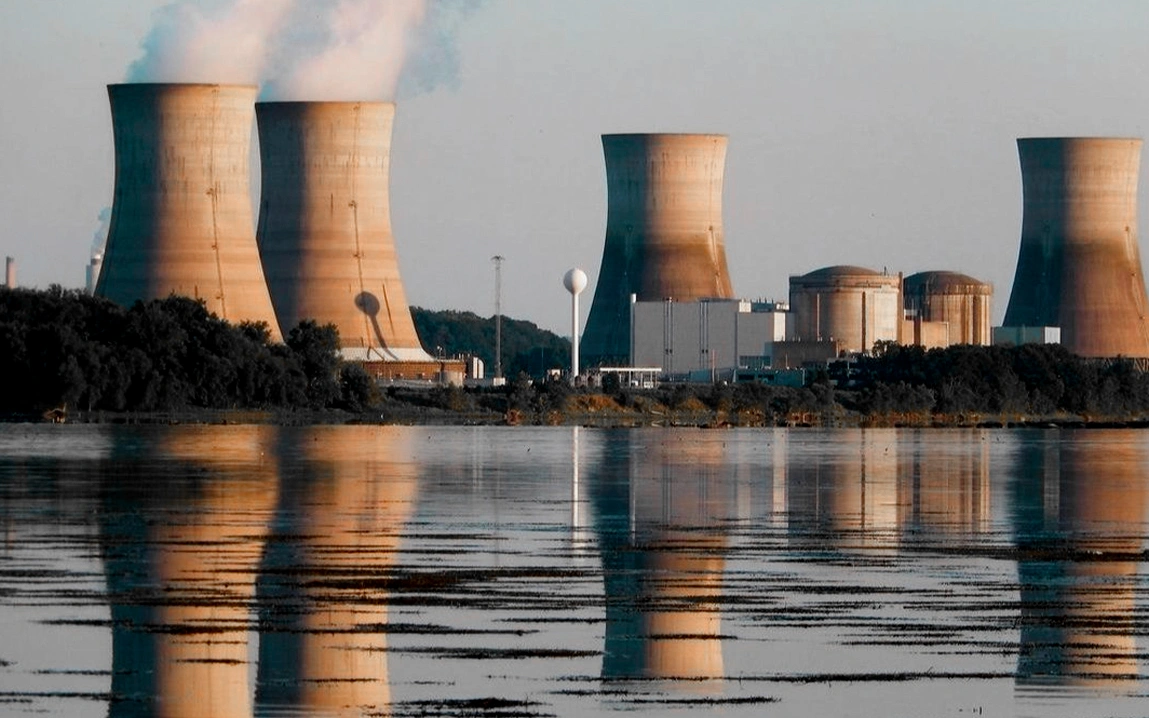The Federal Energy Regulatory Commission asked PJM Interconnection and the transmission owners to set up the intricacies of sitting huge energy users like AI-driven data centers and power plants near each other, with an aim towards maintaining grid reliability and fair distribution of costs.
FERC Tells PJM to Resolve Issues of Co-Located Loads in the Wake of Data Center Growth
The Federal Energy Regulatory Commission (FERC) voted unanimously to initiate a detailed review of the co-location of large energy users, mainly artificial intelligence-based data centers, with the generation of electricity in the PJM Interconnection Zone. The vote, reached on 20 February 2025, follows increasing data center requests to be connected directly to power plants to harness even more amounts of electricity.
Background and Impetus for the Review
The rapid expansion of data centers, fueled by technological advancements in cloud computing and artificial intelligence, has witnessed an abrupt surge in power utilization. The integration of these centers into the existing grid infrastructure has in the past entailed long lead times and high costs. The majority of technology companies are therefore resorting to co-location arrangements in which data centers are constructed close to power generation sites, allowing direct purchase of energy to be convenient.
But the new practice is also generating some concerns. At the forefront of these concerns are the likely effects on grid reliability, fair cost allocation to customers, and the capacity of current regulatory systems to cope with such types. FERC Chairman Mark Christie highlighted the importance of an expeditious resolution of such matters, observing, “Co-location arrangements are a relatively new phenomenon that have enormous implications for grid reliability and consumer bills. With these implications in mind, the Commission really needs to ‘get it right’ when considering co-location concerns.”
FERC’s Directive to PJM and Transmission Owners
In its order, FERC instructed PJM Interconnection and its related transmission owners to:
Assess Current Tariff Provisions: Assess whether current tariffs adequately address the rates, terms, and conditions of co-location agreements.
Make Recommendations for Revisions as Necessary: If current provisions are lacking, recommend changes to ensure clarity, fairness, and preservation of grid reliability.
Consult with Stakeholders: Convene meetings with industry stakeholders like power producers, data center operators, and consumer advocacy groups to gather various perspectives and opinions.
PJM and the transmission owners have 30 days to submit their findings and proposed actions to FERC. The quick deadline underscores the gravity of the issues at hand and FERC’s commitment to taking a proactive role in its regulation.
Implications for the Energy and Technology Sectors
The implications of this review have far-reaching implications for energy and technology firms. For co-location operators in data centers, there is a need for fair and predictable regulation to enable business planning and capital investment. Simultaneously, generators and transmission operators need certainty that co-location activities will not jeopardize the stability of systems or impose excessively on other users the costs they bear.
As the appetite for data handling and storage further rises, aligned collaboration among regulators, utilities, and technology groups will be the key to developing lasting solutions and finding that equilibrium of innovation, reliability, and equity.
FERC’s visionary approach to this challenge is symptomatic of its commitment to regulating revolutionizing in a manner sympathetic to changing industry circumstances, assuring that everyone’s interests are sufficiently taken and defended.



